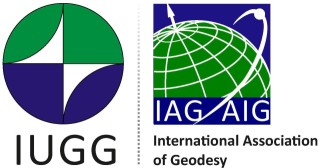Terrestrial gravity measurements, especially those carried out by high-precision superconducting gravimeters (SGs), have increasingly been used in hydrological studies, including inter-comparisons to global hydrological models and GRACE. SGs are usually permanently installed in buildings or in underground observatories under well controlled temperature and low-noise conditions. However, the hydrological interpretation of SG time series recorded in such conditions is in most cases hindered by disturbance of natural local hydrology due to the observatory building itself. We present an outdoor deployable system comprising iGrav SG and a minimized field enclosure for integrative monitoring of water storage changes. We furthermore compare the available gravity variations to near-by observatory SG located inside a building. It is shown that the system performs similarly precise as SGs that have hitherto been deployed in observatory buildings, but with a unique sensitivity to hydrological variations in the surroundings of the instrument. Gravity variations observed by the field setup are almost independent of the depth below the terrain surface where water storage changes occur. Hence, the field SG system can be directly used to quantify the total water storage changes in an integrative way. In contrary, the time series recorded by observatory SGs are strongly influenced by processes occurring below the foundations introducing yet another unknown parameter needed for inter-comparison of space and ground gravity.

 PDF version
PDF version
